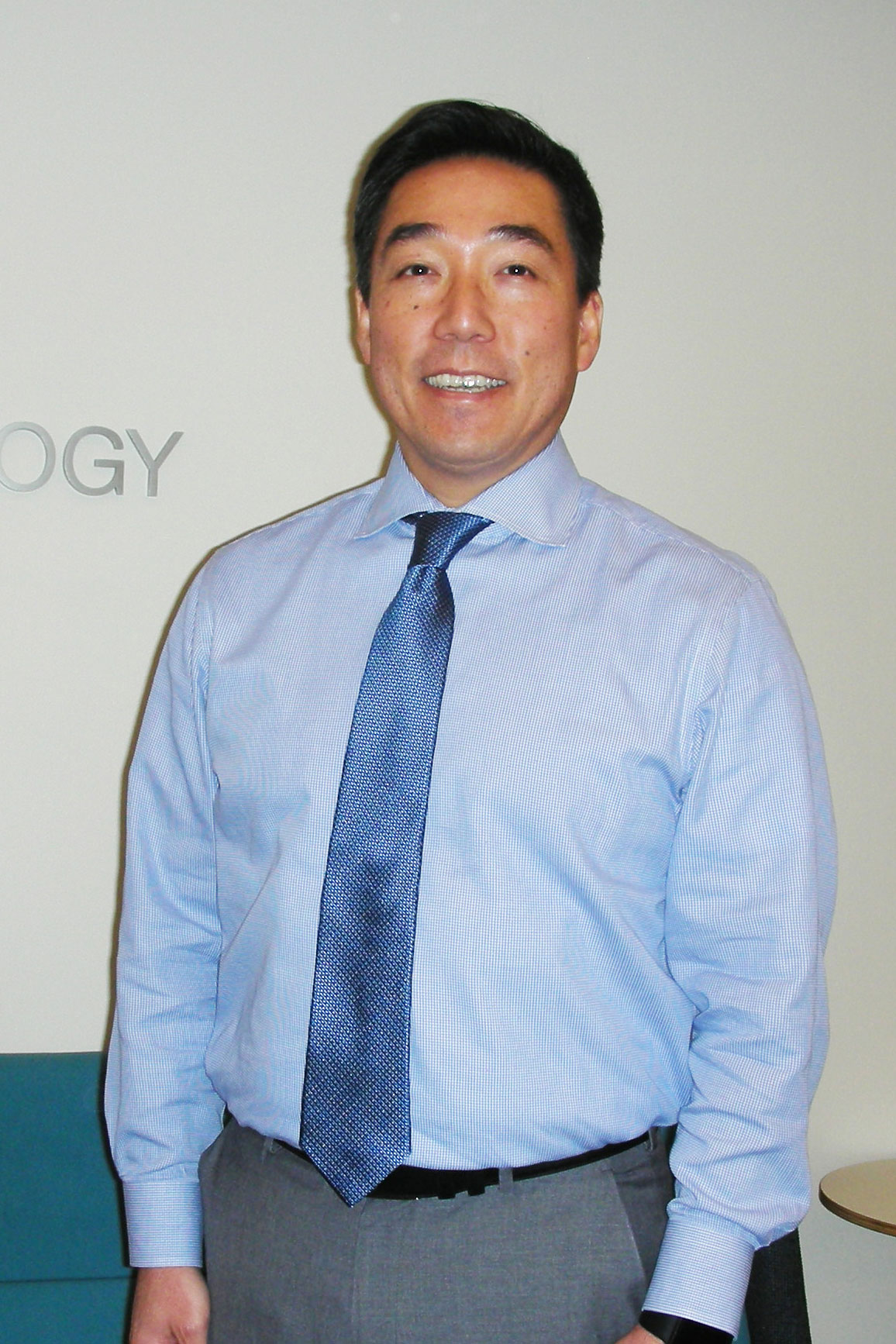Faculty Focus: Jinha Park, MD, PhD
 What is your hometown?
What is your hometown?
Long Beach, California (Iowa By the Sea). Many early settlers of my town were from Iowa in the late 1800s. They still have an Annual Iowa Picnic.
How/when did you become interested in science and/or medicine?
In high school, my parents told me three grandparents passed away from cancer and I worried if they too would get it one day. I was very intrigued about the genetic basis of cancer having just learned about pea plants and fruit fly genetics in AP Biology and wanted to study this in college, then medical school up until today.
When did you join the University of Iowa faculty?
April 2018
How or why did you choose to join the faculty at the University of Iowa?
The unique challenges of radiology diagnoses and care here drew me to the University of Iowa. Remote access, teleradiology, and expert second opinions are engaging my leadership, technical, and academic interests. I was also drawn to the challenge of running a division within the hospital radiology department to see if we could translate discoveries we see every day in the reading room to insights in cancer biology.
Is there a teacher or mentor who helped shape your career?
Michael F. Press, my PhD advisor, who always said, “I’m from the Show Me State, please show me why you believe your research or clinical findings.” Perhaps that is why I went in to radiology where the images or pictures are worth a thousand words to diagnose a patient.
How do you see your faculty role impacting medicine and/or science?
I see great opportunities every day to help a medical student, resident, or fellow see the pathology of a patient in the radiologic images and start to question why does a pattern of disease show up as these lines, shapes and shadows on a CT, MRI, or ultrasound scan? We have tremendous opportunities to improve upon diagnoses and treatment assessments with radiology and future therapies can come from the answers our students will find one day. For example, we are expanding our research from diagnostic to a truly theranostic specialty (therapeutic based on diagnostic). Image-guided minimally invasive delivery of medicines of the future is my passion and I hope to make a direct impact in this new field.
What is the biggest change you've experienced in your field since you were a student?
Computers and their networked daily application. I still remember getting on the “World Wide Web” in 1994 and looking for gene sequence patterns. Radiology itself is completely film-less and networked. The vast sharing of medical knowledge will require us to best find and use the information that we are less and less asked to memorize.
What one piece of advice would you give to today's students?
Understand how to work with others cooperatively in teams. There is too much knowledge to gain in one specialty only to have difficulty in putting it all together in the context of the whole human being. Our future success will require sharing and cooperation to answer both a patient’s question of a course of care to the big medical questions of the future.
In what ways are you engaged in professional activities outside the University (i.e. population-based research, mentoring high school students, sharing your leadership/ expertise with organizations or causes, speaking engagement off campus, etc.)?
I have been active in the American College of Radiology to help educate our patients, fellow clinical providers and policy-makers in the power of medical imaging. I have also been involved in early phase and then larger cancer clinical trials to help bridge the knowledge of genetics with the phenotype of disease we can show the patient in our radiologic images.
What are some of your outside (personal) interests?
Running, surfing, golf for recreation.
Learn more about Jinha Park, MD, PhD.